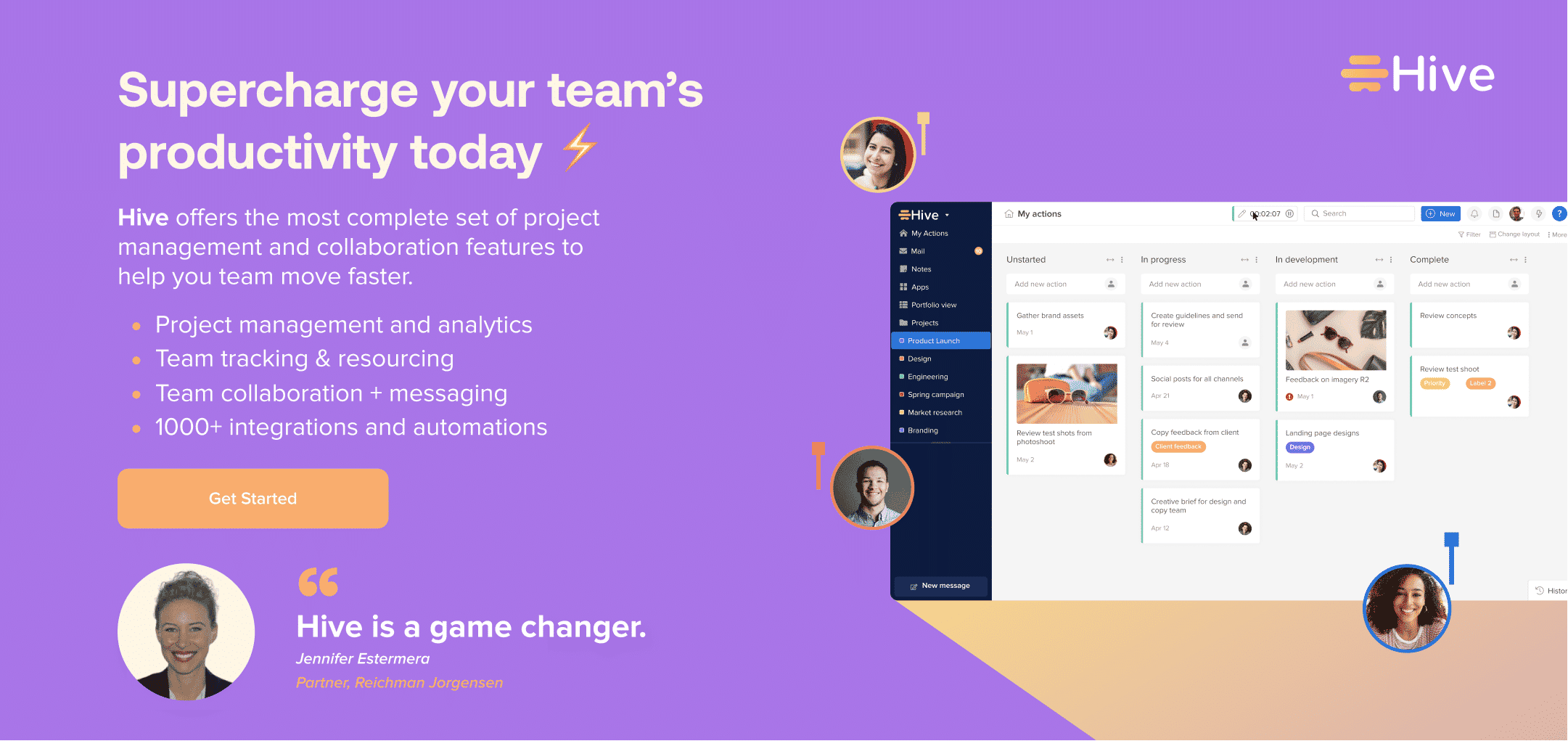If you work in the technology industry or try to stay up to date on the latest workplace buzzwords, you’ve probably been seeing and hearing a lot of agile terms recently. Agile has been around since the late 1990s, but the methodology has continued to grow and evolve over the years to incorporate new terms, practices, and technologies. So whether you’re an agile expert or you’re brand new to the concept, it seems like there is always something new to learn.
While some agile terms can be complicated and confusing, everyone should know a few critical terms to use and succeed within the agile methodology. In this guide, we will outline the top agile terms you should have in your project management vocabulary.
What is the Agile Methodology?
The Agile project management methodology is a set of principles and values that guide software development. It was created in response to the waterfall model, a linear approach to software development that often resulted in unrealistic deadlines, late deliveries, and unhappy customers.
The agile process is designed to be more adaptable and flexible, allowing for changes and pivots throughout the development process. As a result, agile has become one of the most popular software development methodologies in recent years.
Agile Terms You Need to Know
Agile project management teams often use a specific set of tools words and phrases to describe their processes. If you’re looking to brush up on your agile terms, don’t worry. Below are 26 essential agile terms you should know if you want to stay up-to-date on all things agile.
1. A/B Testing
A testing approach where specific features or experiences are tested. Used in lean-agile marketing, A/B testing is a tactic that reveals both behavior and metrics on products. AB testing can help differentiate between which samples are better and help teams make choices based on quantitative data.
2. Application Lifecycle Management (ALM)
This refers to a continuous management process of a software application development from its initial planning stage to the retirement stage. It’s used throughout the whole project and makes use of various agile tools that help with requirement management, design, coding, web testing, penetration testing, tracking, and release.
3. Agile Manifesto
The Agile Manifesto was created by programmers who have wanted an alternative documentation-driven set of processes. The manifesto was based on a set of four values and 12 principles used to guide the agile methodology.
4. Agile Principles
These are the 12 principles outlined in the Agile Manifesto:
- Satisfy customers through continuous delivery of work
- Always be open to changing requirements, even late in the project
- Deliver value frequently
- Break the silos of your project
- Build projects around motivated individuals
- The most effective way of communication is face-to-face
- Working software is the measure of progress
- Maintain a sustainable working pace
- Continuous excellence enhances agility
- Simplicity is essential
- Self-organizing teams generate the most value
- Embrace change for a competitive advantage.
5. Backlog
A prioritized list of work items, features, or requirements that a development team needs to complete. Often the backlog list is discussed before a sprint begins, and the team decides which items are high on the priority list to work on.
6. Best Practices
Proven methods and processes that have successfully delivered software projects. The best practices often stem from the self-organizing teams who work together to develop software and ensure its quality providing software test services. These teams can work together to churn out quality and flexible work.
7. Business Value
The perceived worth of a product or feature from the perspective of the customer or end-user. This term is more informal, but it helps give the internal and external teams a way to determine the health of a business in the long term.
8. Continuous Delivery
A software development practice whereby new code changes are delivered frequently and automatically deployed to production. This type of practice is focused on creating, testing, and releasing software at a greater speed and frequency than other delivery methods.
9. Continuous Integration
A software development practice whereby new code changes are frequently integrated into the main codebase and automatically tested for bugs. This consistent integration provides the team with complete awareness and transparency with software development and delivery.
10. Definition of Done (DoD)
A set of criteria must be met before a work item is considered complete. Also referred to as “done done,” DoD describes when all the product testing, coding, and documentation has been completed and executed, and the product is totally completed. Typically the DoD is established by the team, so everyone is in agreement when the DoD is reached.
11. DevOps
Is a set of predefined practices that combine software development and operations to shorten the software delivery cycle, and improve quality. DevOps is typically used with testing, building and deployment.
12. Iteration
A timeboxed period (usually two weeks) in which a development team completes a set amount of work. Each iteration is a single process that is completed. One iteration is completed before the next begins.
13. Kanban
A method for managing work items using a visual board with columns/boards representing each stage of the work process. Work process stages in Kanban are typically housed in cards, which users can then move around/adjust on the Kanban board.
14. Lean
A set of principles for software development that emphasizes efficiency and waste reduction. Lean thinking is often used in conjunction with the agile methodology.
15. Minimum Viable Product (MVP)
A product with enough features to be usable by early customers. These customers then provide feedback to build additional development. The MVP approach is traditionally popular in the technology startup landscape.
16. Pair Programming
A type of collaborative programming where two developers work together on the same workstation.
17. Personas
These are user archetypes that help developers or marketers understand the needs and goals of end-users. Personas are developed through market and product research and provide good user data as to the habits of potential customers.
18. Product Owner
This person is responsible for the success of a product. They are typically the primary decision-maker regarding what product should be built and delivered.
19. Release
A collection of code changes that are deployed to production. A release can also coincide with a release plan, which shows all of the features in each release and when the release will roll out.
20. Retrospective
A meeting is held at the end of each iteration to reflect on what went well and what could be improved. This meeting is a way for the team to connect on a project and really learn what worked and didn’t work within the process.
21. Scrum
A framework for managing work that is commonly used in agile software development. Scrums are a meeting framework that are based on short bursts of work ranging from 2-4 weeks, called sprints.
22. Sprint
Another word for an iteration (see above). Sprints can also be broken down into specific, manageable times. Sprints exist within scrums, as they set forth to work on specific tasks of the project.
23. Sprint backlog
Works within the definition of “sprints” and is represented by the set of tasks to be completed within a sprint’s goals. These goals are then placed into the backlog of items.
24. Stakeholder
Anyone invested in the success or failure of a project. Stakeholders can be internal (employees) or external (customers, investors).
25. Story Points
A unit of measure used to estimate a work item’s relative size or complexity. Story points are shared within tasks or projects to help define the scope of work and how long specific projects may take.
26. User Story
A user story is an easy explanation of a software feature to educate the user on how to use the functionality. Usually the user story is written from the perspective of the end user and adds value to the customer experience.
Hive is the world’s first democratically built productivity platform. Learn how we can help you, here.





